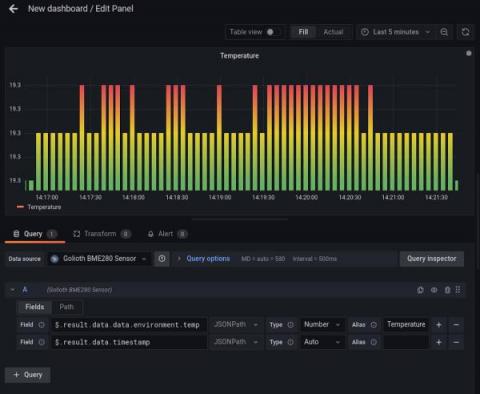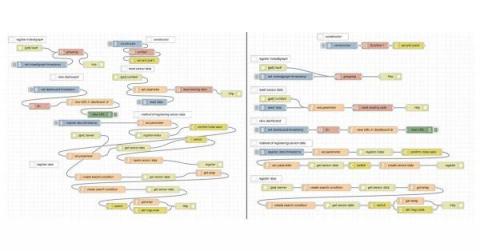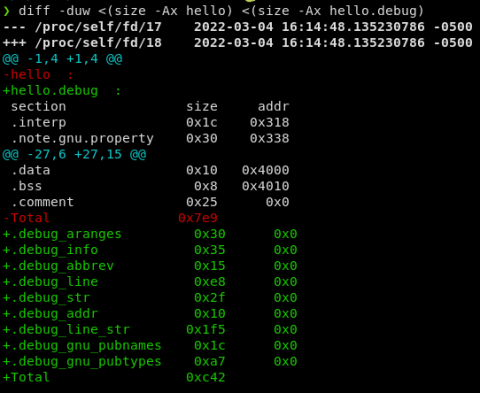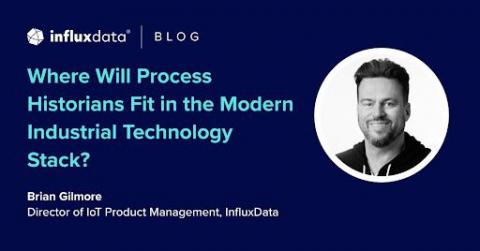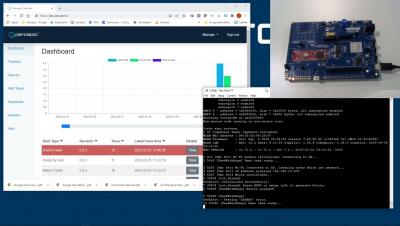Managing Time Series Data in Industrial IoT
The industrial revolution was a watershed period in human history. The shift from piecemeal, cottage-industry work to mechanized manufacturing transformed the way humans work. Since the 18th century, successive waves of innovation, such as the assembly line and the computer, continued to alter and change the nature of manufacturing. Today, we find ourselves in the midst of another industrial transformation.




